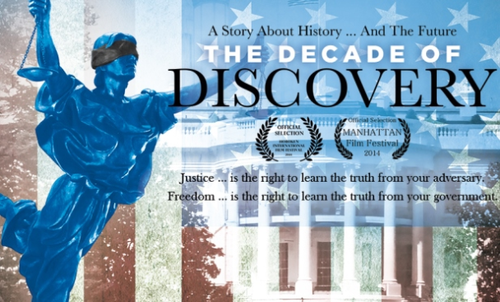New Study Sheds Light on Law Department Buying Habits – eDiscovery Trends

Want to know about law department habits regarding legal spend? Then, Huron Legal has a report for you.
The 2014 IMPACT® Benchmarking Report summarizes the results of Huron Legal’s fifth annual survey of law departments, conducted in alliance with The General Counsel Forum. The Report includes key benchmarks regarding legal spend, as well as law department organization and workload, outside counsel and vendor engagement, spend management, leadership priorities, client service delivery, and technology. The survey included 75 total participants, with an individual company revenue range from $9 million all the way up to $79 billion – the total legal spend of all participants was $2.1 billion.
The survey found that law department cost management programs are becoming more sophisticated in light of ongoing financial pressures, with 57% of the law departments surveyed reporting using data analytics to drive decision-making. Some additional key findings in the 60 page report included:
- Legal Spend Look Ahead: In the upcoming year, 43% of respondents indicated that legal spend is expected to be the same as last year, and of entities with over $10 billion in revenue, 40% indicated that they expect their legal spend to decrease in 2015.
- Widespread Use of Alternative Fee Arrangements: The use of alternative fee arrangements (AFAs) has continued to increase with 83% of law departments reporting using AFAs in 2014. 48% of respondents said that AFA spend accounted for at least 10% of their total outside counsel expenditures. On average, AFA spend accounted for 20% of total outside counsel spend.
- Increased Emphasis on Budgeting: Consistent with last year’s findings, matter level budget usage remains high across all revenue segments with 75% of departments reporting the usage of these budgets. Also, the percentage of departments reporting the establishment of budgets at the phase/task level has increased from 37% to 57% since the 2013 survey.
- Focus on Law Department Management Technology: A majority (70%) of companies with over $10 billion in revenue reported that their law departments have a long-term strategic technology and process development plan which includes matter management, e-billing, and contract management.
- Comprehensive Management Programs: Surveyed departments that employ comprehensive management programs related to financial and outside counsel management realized 48% lower external legal spend as a percent of company revenue than those without similar comprehensive programs.
From an eDiscovery standpoint, legal hold systems are used by more than 89% of responding law departments from companies with more than $2 billion in revenue – up from 80% the year before, with the percentage of respondents who reported using a legal hold system having increased in all revenue segments. More than 50% of companies with more than $2 billion in revenue reported using some form of eDiscovery technology, either for collections, processing, hosting, or review.
This is just a sampling of the report findings. You can find more information about the 2014 IMPACT Benchmarking Report, including a link to download report highlights, here. You can also contact Bret Baccus, Senior Director at Huron Legal (and a former colleague of mine!) for more information, including pricing information at bbaccus@huronconsultinggroup.com.
So, what do you think? Are you interested in how legal departments are spending their money? Please share any comments you might have or if you’d like to know more about a particular topic.
Disclaimer: The views represented herein are exclusively the views of the author, and do not necessarily represent the views held by CloudNine Discovery. eDiscoveryDaily is made available by CloudNine Discovery solely for educational purposes to provide general information about general eDiscovery principles and not to provide specific legal advice applicable to any particular circumstance. eDiscoveryDaily should not be used as a substitute for competent legal advice from a lawyer you have retained and who has agreed to represent you.








